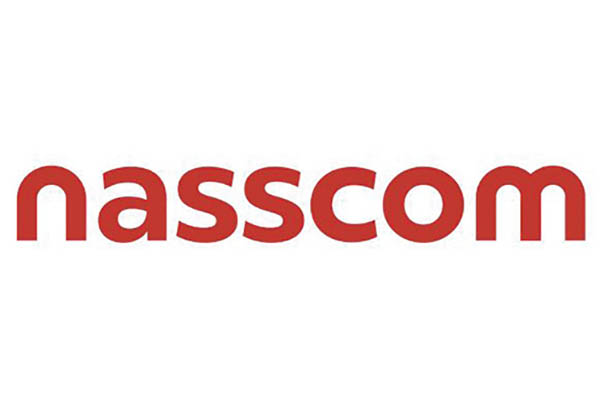Innovation plays a pivotal role in shaping the growth trajectory of India’s technology sector, with open innovation programs gaining momentum as essential elements on business expansion agendas. Highlighting the potential of Open Innovation in shaping India’s innovation landscape, nasscom, in partnership with Avasant today has launched a report titled “Open Innovation: The catalyst for transforming India’s technology ecosystem”. The report captures the Open Innovation landscape in India and its potential to shape India’s innovation landscape aligning innovation with local needs, ensuring access for all, and nurturing ventures from ideas to reality.
Present status of Open Innovation in India
Technology start-ups can unlock significant growth opportunities by engaging in Open Innovation programs and collaborations. As per a survey done with over 130 start-ups, investors and corporates, more than 80% of corporations have experienced improvements in their revenue, efficiency, or cost optimization efforts and over 80% of startups documented growth in revenue and valuation, within three years of their establishment by engaging in Open Innovation programs. Corporates benefit significantly from open innovation by harnessing a diverse array of external ideas and problem-solving capabilities, thereby expanding their innovative solutions. Those that embrace open innovation are 1.25 times more likely to introduce breakthrough products or services.
For start-ups, Open Innovation can expedite their time to market by up to 70% through early-stage external collaborations. Collaborative programs involving startups, academia, and corporates present opportunities to boost revenue, expand customer base, enhance operational efficiency, and optimize costs, showcasing the dynamic potential of open innovation and collaborative initiatives.
For Academia, collaborative partnerships with corporates and startups present an opportunity to apply research findings to real-world problems. Additionally, technology and research consortia offer academia the chance to collaborate with other institutions and industry players in joint research initiatives. As per the survey findings, compared to other ecosystem stakeholders, academia provides more than a 30% advantage in terms of resources for innovation, encompassing knowledge, networks, skills, and more. Moreover, start-ups that form partnerships with academia experience a 50% faster scaling rate, while corporates engaging in collaborations with academia can expedite product development by 20%.
Kritika Murugesan, Senior Director, nasscom startups, said, “India, presently is at the cusp of large scale digital transformation, heralding a new era of breakthrough innovation. In order to be seen as the leader in Open innovation, we need to align innovation with local needs by fostering collaborations between corporates, startups, academia and government. India can take the cue from economies like the USA, South Korea, Germany and Switzerland, where a developed innovation ecosystem is enabling greater collaborations between its stakeholders.”
Akshay Khanna, Managing Partner, Avasant, said, “India has true potential to solve problems for the world from India, it is reflected in the thriving Indian startup space. It is imperative for academia, government and corporates to come together and become the launch pad for startups to scale and grow. India offers a large and diverse talent ecosystem, numerous micromarkets to foster innovation and deliver sustainable competitive advantage to global organizations.
India’s course to top 10 in global innovation index ranking by 2030
India currently holds the 40th position in the Global Innovation Index. The nation’s commitment to innovation shines through, with key sectors such as retail, IT, telecommunications, healthcare, financial services, and manufacturing leading the charge, fueled by India’s rapidly growing digital economy. However, to propel India into the top 10 of global innovation rankings, a comprehensive strategy needs to be charted. Government should develop and nurture over 50 innovation districts
across cities or urban regions, aligned with key themes such as food and agriculture, deep tech, etc. Furthermore, the development of a social innovation platform based on ONDC will empower stakeholders to uncover new growth opportunities, encouraging active participation in innovation focused hackathons, particularly from lower-tier cities. At the same time, the government should lead in creating a centralized collaborating platform, innovation sandboxes, regulatory framework, and much more.
Moreover, startups should emphasize long-term sustainability and impact through active collaboration with industry players, innovation hubs, incubators, etc. Academia should create emerging technology focused specialized departments along with active participation with key stakeholders by streamlining touchpoints.















